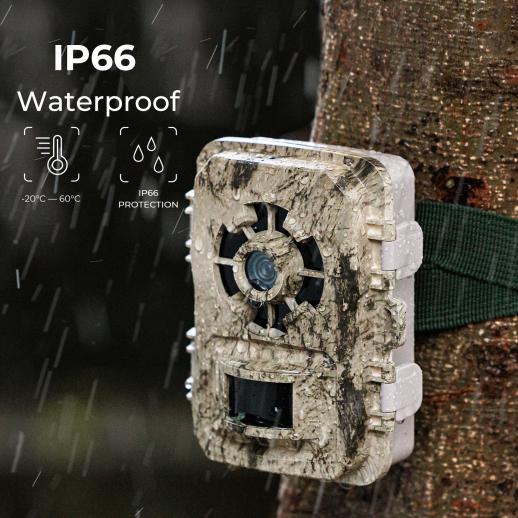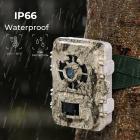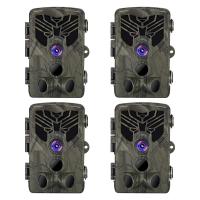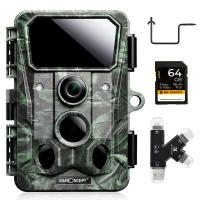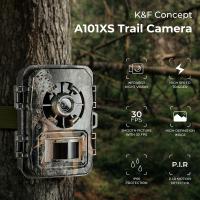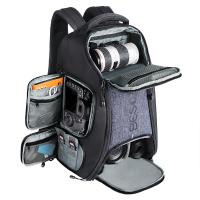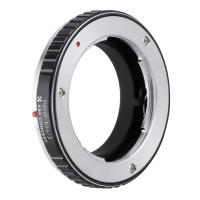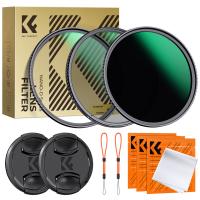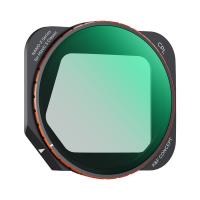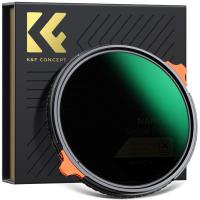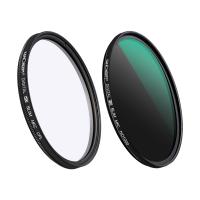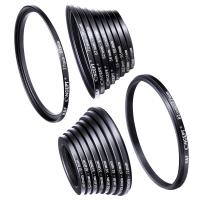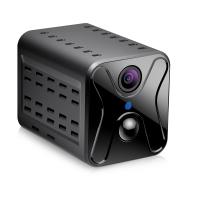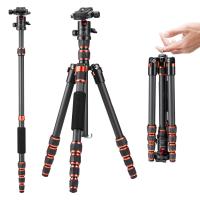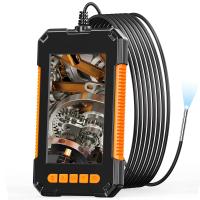Detecting Trail Cameras
- 00 days
- :
- 21 hours
- :
- 32 min
- :
- 13 sec
- * KF35.143=KF35.064+KF28.0011+KF42.0013 Multiple consecutive shot options for capturing every moment:The detecting trail camera offers 1, 2, 3, and 10 shots in a row, ensuring that you never miss a moment.
- * Clear night vision with 2PCS infrared fill lights:The camera features 2PCS infrared fill lights with 940nm wavelength, providing clear night vision.
- * Fully automatic infrared filter unit for seamless day and night transitions:The camera's fully automatic infrared filter unit ensures seamless transitions between day and night modes.
- * Time watermark function for accurate recording:The time watermark function ensures accurate recording of the date and time of each shot.
- * 2.0" IPS LCD display for easy viewing:The camera features a 2.0" IPS LCD display with 320×240(RGB) DOT resolution, making it easy to view your shots.
Trail cameras are devices used to capture images or videos of wildlife or other outdoor activities. They are commonly used by hunters, researchers, and nature enthusiasts. Detecting trail cameras can be challenging as they are often hidden and camouflaged to blend in with their surroundings. However, there are a few ways to detect them. One way is to look for the camera lens, which may reflect light differently than the surrounding area. Another way is to look for wires or other signs of the camera's power source. Some trail cameras also emit a faint infrared glow, which can be detected using night vision equipment. Additionally, some animals may behave differently when they detect a trail camera, so observing their behavior can also be a clue. It is important to note that detecting trail cameras without permission is illegal in some areas, so it is important to follow local laws and regulations.
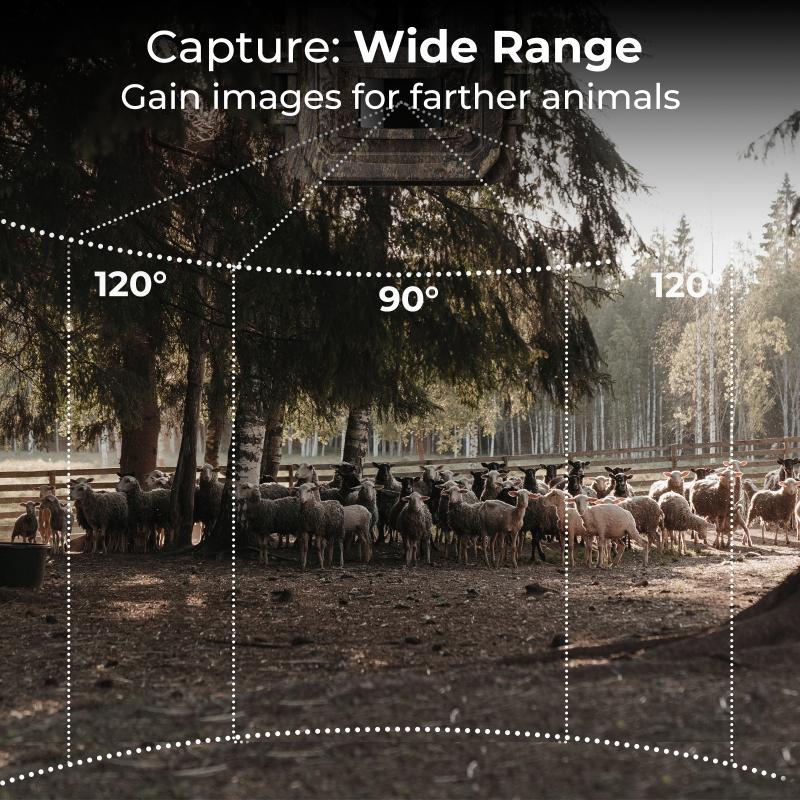
Common problems:
Error 1: Blurry Images
Solution: Blurry images can be caused by a variety of factors, including camera shake, low light, and incorrect focus. To solve this issue, users should ensure that the camera is mounted securely and on a stable surface. They should also check the focus settings and adjust them accordingly. If the lighting is low, users can try using a flash or increasing the camera's ISO setting.
Error 2: Battery Drain
Solution: Battery drain is a common issue with trail cameras, especially if they are left on for extended periods. To solve this issue, users should ensure that they are using high-quality batteries and that they are fully charged. They should also turn off any unnecessary features, such as the LCD screen or wireless connectivity, when not in use. Additionally, users can invest in a solar panel or external battery pack to extend the camera's battery life.
Error 3: False Triggers
Solution: False triggers can be caused by a variety of factors, including wind, animals, and vegetation. To solve this issue, users should ensure that the camera is mounted securely and that the detection zone is clear of any obstructions. They should also adjust the sensitivity settings to reduce the likelihood of false triggers. Additionally, users can try using a different detection mode, such as a time-lapse or video mode, to capture more accurate data.
Error 4: Memory Card Issues
Solution: Memory card issues can occur if the card is not formatted correctly or if it becomes corrupted. To solve this issue, users should ensure that they are using a high-quality memory card and that it is formatted correctly before use. They should also regularly check the card for any errors or corruption and replace it if necessary. Additionally, users can invest in a camera with built-in memory or wireless connectivity to avoid the need for a physical memory card.

Application Scenarios:
1. Anti-poaching: Trail cameras are often used by poachers to track and hunt animals illegally. A camera with the ability to detect other trail cameras in the area could be used by anti-poaching teams to locate and remove these cameras, preventing poachers from gathering information on animal movements and locations.
2. Surveillance: In high-security areas, such as military bases or government buildings, it is important to ensure that no unauthorized cameras are present. A camera with the ability to detect other cameras could be used to sweep the area and identify any potential security threats.
3. Privacy protection: In public spaces, such as restrooms or changing rooms, hidden cameras can be a serious invasion of privacy. A camera with the ability to detect other cameras could be used to identify and remove any hidden cameras, protecting the privacy of individuals in these spaces.
4. Event security: At large events, such as concerts or sporting events, it is important to ensure that no unauthorized cameras are present. A camera with the ability to detect other cameras could be used to sweep the area and identify any potential security threats, such as individuals attempting to record the event without permission.
5. Corporate espionage: In business settings, it is important to protect sensitive information from competitors or other unauthorized individuals. A camera with the ability to detect other cameras could be used to identify any potential spying devices, preventing corporate espionage and protecting valuable information.

Product Advantages:
1. Stealth: Trail cameras are designed to be stealthy and blend in with their surroundings. They are often camouflaged to avoid detection by animals or humans. This makes them ideal for wildlife photography or surveillance.
2. Durability: Trail cameras are built to withstand harsh outdoor conditions. They are often waterproof, dustproof, and shockproof. This means they can be left outside for extended periods without being damaged.
3. High-quality images: Trail cameras are equipped with high-resolution sensors that capture clear and detailed images. They also have advanced features like night vision and motion detection, which allow them to capture images in low-light conditions.
4. Easy to use: Trail cameras are designed to be user-friendly. They are easy to set up and operate, even for beginners. They also come with intuitive interfaces and simple controls.
5. Versatility: Trail cameras can be used for a variety of purposes, including wildlife photography, surveillance, and security. They can also be used for scientific research, hunting, and outdoor recreation.
6. Cost-effective: Trail cameras are an affordable alternative to traditional cameras. They are often less expensive than DSLRs or mirrorless cameras, and they don't require additional lenses or accessories. This makes them a great option for budget-conscious photographers or outdoor enthusiasts.
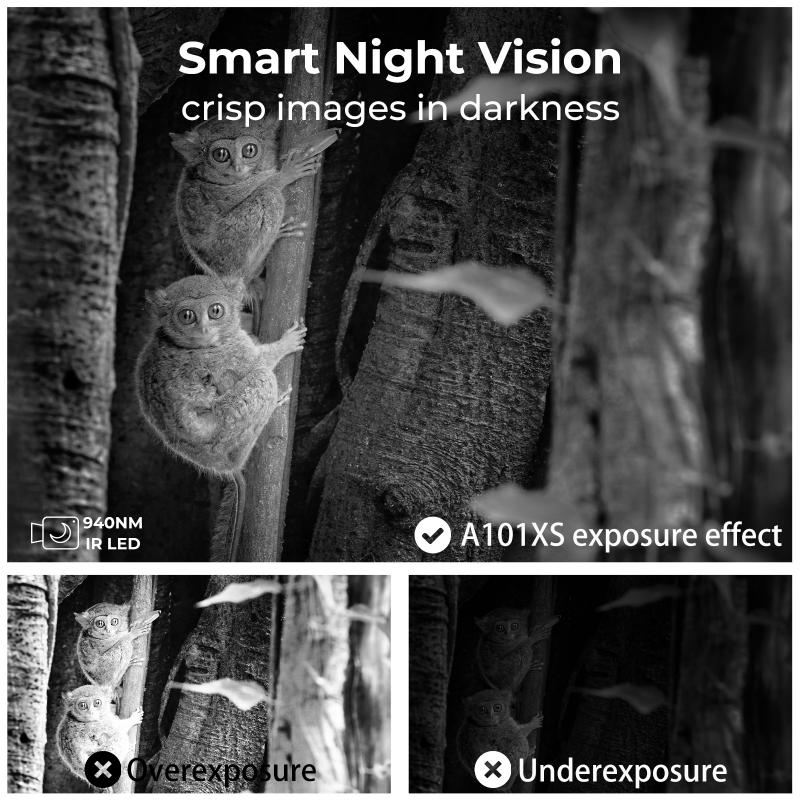
Maintenance:
1. Regularly check the camera's detection zone: It is important to regularly check the camera's detection zone to ensure that it is not obstructed by any objects such as branches or leaves. This will ensure that the camera is able to detect any movement in its intended area.
2. Clean the camera lens: Dirt, dust, and debris can accumulate on the camera lens over time, which can affect the quality of the images captured. It is important to clean the lens regularly using a soft cloth or lens cleaning solution to ensure that the camera is able to capture clear images.
3. Check the battery life: The camera's battery life should be checked regularly to ensure that it is fully charged. A low battery can affect the camera's performance and result in missed opportunities to capture images.
4. Secure the camera: Trail cameras should be securely mounted to prevent theft or damage. It is important to use a sturdy mount and to secure the camera with a lock or cable.
5. Update the firmware: Manufacturers often release firmware updates for their cameras, which can improve performance and fix bugs. It is important to regularly check for firmware updates and to install them as needed.
6. Service the camera: If the camera is not functioning properly, it may need to be serviced by a professional. It is important to follow the manufacturer's instructions for servicing the camera or to seek the assistance of a qualified technician.

Product parameters:
Time watermark function : Support
Number of IR fill lights : 2PCS infrared fill light; 940nm
Lens : f=4.0mm F/NO=2.0 FOV=80°
Dust and waterproof rating : IP66
Attachment methods : Strap, bracket
Number of consecutive shots : 1 shot in a row, 2 shots in a row, 3 shots in a row, 10 shots in a row
Microphone & Speaker : Support
Sleeping current : Approx. 0.20mA
LCD display : 2.0" IPS 320×240(RGB) DOT
Infrared filter unit : Fully automatic
- All Reviews
- Image

